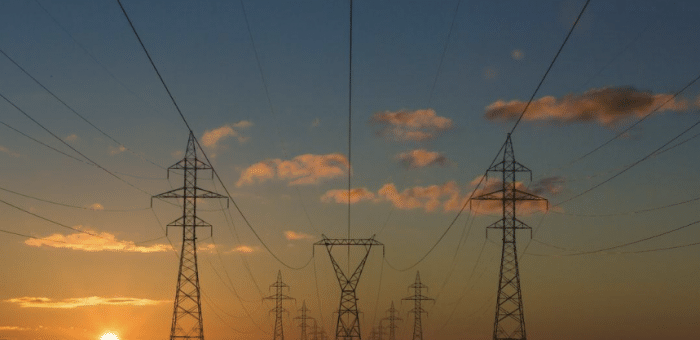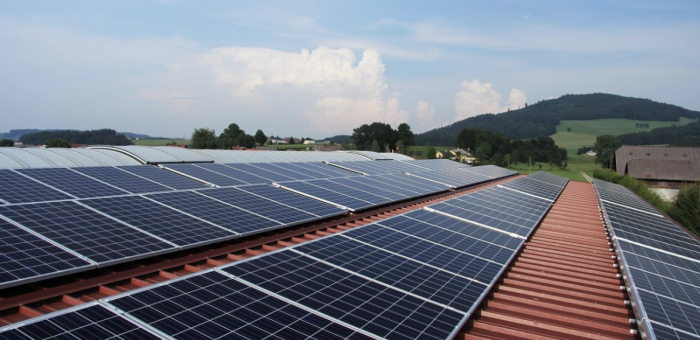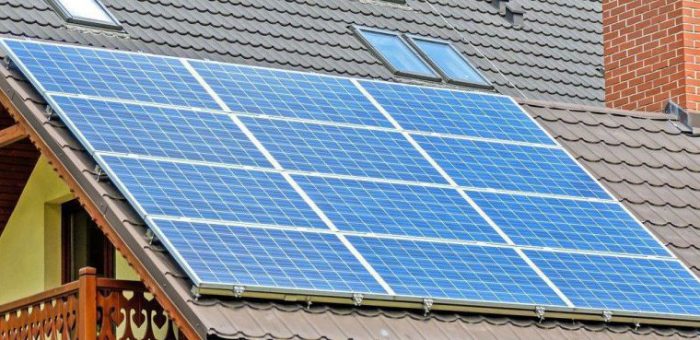With utility bills at an all-time high, keeping track of and lowering your spending is getting pretty hard. Fortunately, some organizations provide the financial assistance you need to cut costs and help paying your electric bill.
At Power Wizard, we’re committed to providing you with the best tools and information so you can make energy decisions confidently. Therefore, if you need help paying your electric bill, here is further insight into when, where, and how to get financial assistance.
When to get help paying your electric bill
No one is ever truly safe from financial hardships as they can be unpredictable as natural calamities. However, you can prepare for such situations and have help at hand for paying electricity bills in times of crisis.
[ctafirst]
In 2020, the average Texas household spent around $135 per month on electricity bills. These costs go even higher during winter and summer when you need to keep your air conditioning system running 24/7.
In addition to the high cost of utility bills, many people often have to deal with sudden disruptions in earnings due to layoffs and business collapses. Moreover, 11.4% of Americans live below the poverty line, which increases their chances of falling back on paying utility bills.
Getting into unsustainable energy contracts can also leave you in debt and push you into seeking help paying your electricity bill.
Can my electricity company shut off my service?
Over the past two years, following the pandemic, several federal states and private utility companies have put a moratorium on shutting off the service. But such a suspension of shutoffs is no longer in effect everywhere, threatening to leave many Americans in the dark.
What happens when you can’t pay your electric bills? Like any other service provider, your electricity supplier reserves the right to shut off the service at your home. However, they will first have to offer a payment plan that enables you to pay the amount owed in pre-agreed installments.
[ctafirst]
Typically, an electricity company will issue electric bills after reading your meter. After receiving it, you only have 16 days to pay the bill. If you default on payment, the fallout depends on where you live. Most cold-weather states don’t allow shutoffs in winter, but residents still get a notice a few days after the due date.
Once you receive a disconnect notice, in Texas you have 10 days before your provider shuts off electricity in your home. Some utility companies also forward unpaid bills to collection agencies, which means constant phone calls and even the possibility of court action.
What financial assistance is available for energy bills?
So, how do you get help paying your electric bill? Here are some popular financial assistance options for paying electric bills.
Low-Income Home Energy Assistance Program (LIHEAP)
LIHEAP is a cash grant the U.S. government provides to help homes in debt pay for accrued energy bills. These grants can range from $500 to $1500, with eligibility based on several factors, including household size and income.
Suppose you’ve already qualified for other government-funded benefit programs like Temporary Assistance for Needy Families (TANF), needs-tested Veterans Affairs (VA) benefits, or Supplemental Nutrition Assistance Program. In that case, you may qualify for LIHEAP. Households in immediate danger of going without heat in winter can also be eligible for crisis grants.
[ctafirst]
Recent fundings for the program have ranged between $3 billion and $4 billion, with only 20% of qualified households actually receiving LIHEAP benefits. The American Rescue Plan recently availed an additional $4.5 billion, which may benefit thousands of more American families who need assistance paying their utility bills.
Discount rates
Several government-funded grants and private charitable organizations provide discounts on utility bills. These grants typically offer qualified households a percentage discount on electric and other utility bills.
Most states also have utility assistance programs. Texas, Ohio, Illinois, Jersey, Pennsylvania, Nevada, Maine, and New Hampshire have programs that offer discount rates on utility bill payments. Eligibility depends on the qualified households’ income levels.
[ctafirst]
For instance, government-funded programs like Electric Assistance Program help low-income households pay a portion of their electric bills. The discounts range from 8% to 76% based on qualified households’ size and gross income.
Payment plans and other options
Even after considering the options above, you may still ask, “Where else can I get help paying my electricity bill?” Besides LIHEAP and other government-funded programs, several utility companies and charity aid organizations have low-income home energy assistance programs.
Most utility companies offer payment plans that enable you to divide your total annual utility charges and pay an equal amount every month. These plans allow you to budget for your utility bills rather than adjusting your payments during peak usage seasons like the summer and winter.
[ctafirst]
But, if you’re short on cash and at risk of having your electricity cut off in a few days, consider contacting your local churches or the office of community services in your area to check if they have emergency funds available to pay utility bills.
While at it, dial 2-1-1, a free toll number like 9-1-1 but for essential community services. After dialing this number, a regional operator will direct you to a local organization to help you out. A few of the organizations they may refer you to include:
- Catholic Charities
- Salvation Army
- Urban League
- Vincent Ede Paul Society
- Love Inc.
- Jewish Federation of North America
- Lutheran Social Ministry
Do I qualify for assistance?
Despite the wide availability of utility bill financial assistance programs, not everybody qualifies for assistance. Your household income must meet federal poverty guidelines to be eligible for aid.
Nonetheless, you can also qualify for assistance in specific instances like impending power cut-offs in cold months to pay for your heating bill. Here is a brief description of the cases where you may qualify for financial assistance.
Eligible households
Typically, only low-income household qualify for assistance. To be eligible for most government-funded programs, you must be responsible for heating and cooling costs in your household. All household members must also have a combined income below the state median income of less than 60%.
[ctafirst]
Households that receive rental assistance or live in public housing aren’t eligible for help unless they pay their utility bills directly to the provider.
Social security
Anybody aged 60 or over, as well as people with disabilities, also qualify for assistance. Social security replaces a portion of your pre-retirement earnings based on your lifetime income. The assistance level typically depends on your highest 35 years of earnings and when you opt to start benefits.
Disabled people may also receive social security benefits to pay electric bills if they worked long enough and have disabilities that prevent them from working for at least a year or until death.
Ways to reduce your energy costs
Seeking financial assistance comes in handy as a stopgap measure when you can’t pay your energy bills. But you can avoid getting into this scenario in the first place by making a few changes around your home to reduce energy costs.
Buying energy-efficient appliances and electronics is one of the best ways to lower energy loss. These electronics consume less energy and switch to standby when not in use. Depending on the number and type of appliances you use, you can expect to save up to $500 a year.
Other energy-saving tips include:
- Turning off unnecessary lights
- Taking shorter showers
- Using natural light
- Unplugging electronics when not in use
Choose the right electricity supplier
The amount of money you spend on electric bills comes down to two things; how much energy you use and how much your electricity supplier charges you for it. Power Wizard can help you navigate both.
Contact us today for more information on choosing the right energy supplier in your area and other options for financial assistance.
[ctafirst]






